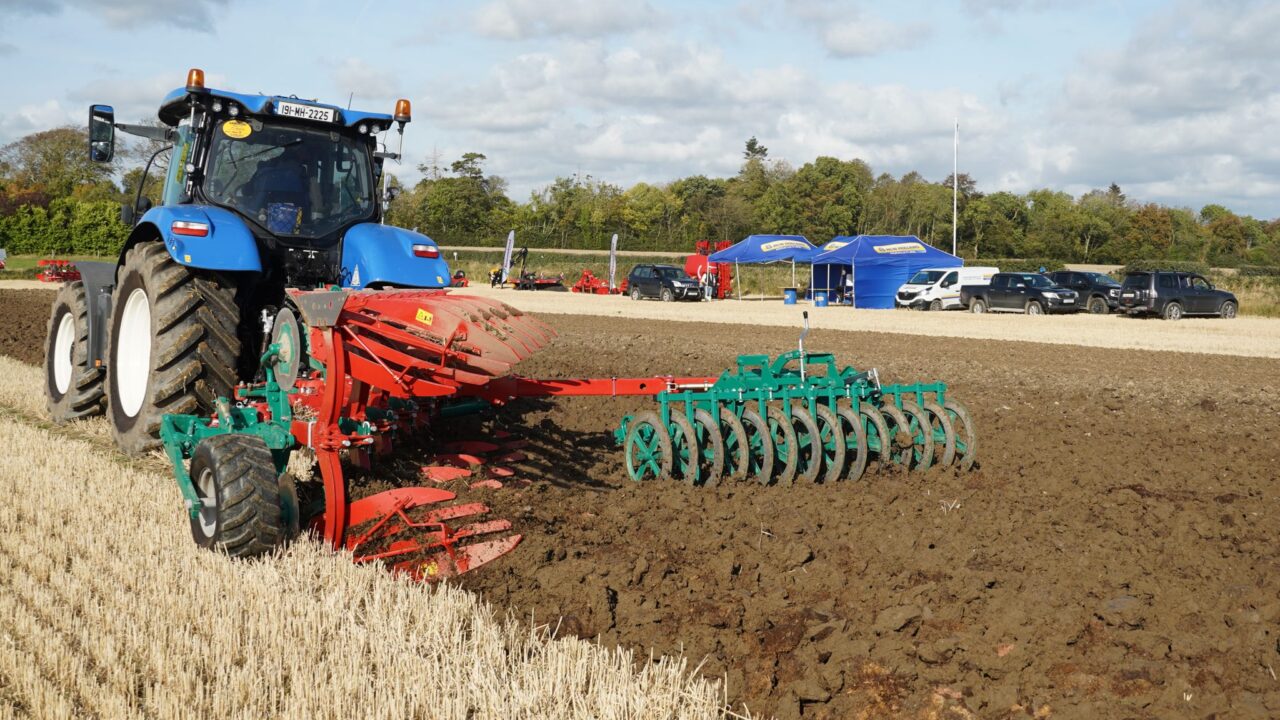In a bid to convince the customer of the longevity and resistance of their products to wear and mechanical stress, machinery manufacturers have taken to talking about the type of steel used in production.
The most commonly quoted type is ‘Hardox’, which, it is suggested, is a type of steel that confers magical properties upon all implements that contain it within their structure.
Yet Hardox is only a tradename for a range of steels designed and produced to offer harder wearing plate than mild steel.
Swedish legacy
It was introduced to the market in 1974 by SSAB of Sweden, which has been producing steel since 1878 and now employs 15,000 people in over 50 countries.
SSAB is not the only company in the business, although it is perhaps the best known and the product is near ubiquitous in the farm machinery world.

Hardox has become a generic term, much like Hoover or JCB, and remains the most recognised brand within agriculture and is often mentioned in marketing campaigns.
However, it is not primarily a structural steel. The use of Hardox is usually confined to wearing surfaces from chute beds to ripper teeth, depending on grade.
SSAB also produces Strenx, a lightweight structural steel designed for applications such as road trailers, where weight is critical.
This may also used by some farm equipment manufacturers to reduce the weight of implements.
What makes it hard
Traditionally, the hardness of steel has been based mainly on its carbon content.
But the chemistry of metallurgy has advanced over the years and there is now far more involved than just measuring out a scoop or two of carbon to add to the smelt.

Chromium, manganese, nickel, molybdenum, and boron also feature, for these elements promote the formation of hard structural components within the steel – two of the more desirable being martensite and bainite.
The hardness of a steel is determined by the Brinell hardness test, which involves pressing a tungsten carbide ball into the sample with a known force and then measuring the indent, expressing the result as a figure known as the Brinell Hardness number, or BHN.
Grading steel
As a starting point for comparison, mild steel has a Brinell number of 120 and the steel industry generally categorises it into abrasion resistant (AR) grades above that base level, although there are no hard and fast rules as to what fits where – it is more a guide than strict division.
After mild steel comes AR200 which covers steels with a BHN of 170-250 while AR 235 is the grade most likely to be found in agricultural applications with a BNH of 200-260.

The scale continues up until AR600, BHN 560-625, which is used in specialist tool-making and armour plating.
Naturally, there is a catch to using harder wearing steels and in this case it is that, as the BNH number increases, the steel becomes harder to work and form.
Harder tools are required to machine AR600 steel, which is less pliable and so more difficult to press or bend into shape.
Heat treatment of steel can also increase its wearing properties, but that is a complex subject that needs to be considered separately.
Bringing science to choice
With the coming cultivation season, there will be much discussion on the replacement of wearing parts.
Whether to use original equipment manufacture (OEM) points or third party products is usually a hot subject with ploughmen for instance.

Yet suppliers of these parts rarely, if ever, specify the hardness of the material being used, and that applies to the original equipment manufacturers as much as it does o the third party suppliers.
Should some sort of indication be given by the makers of these items as to what grade of steel is being used, then it will take a lot of mystery out of comparing what is available on the market, enabling consumers to make a much more informed choice.

